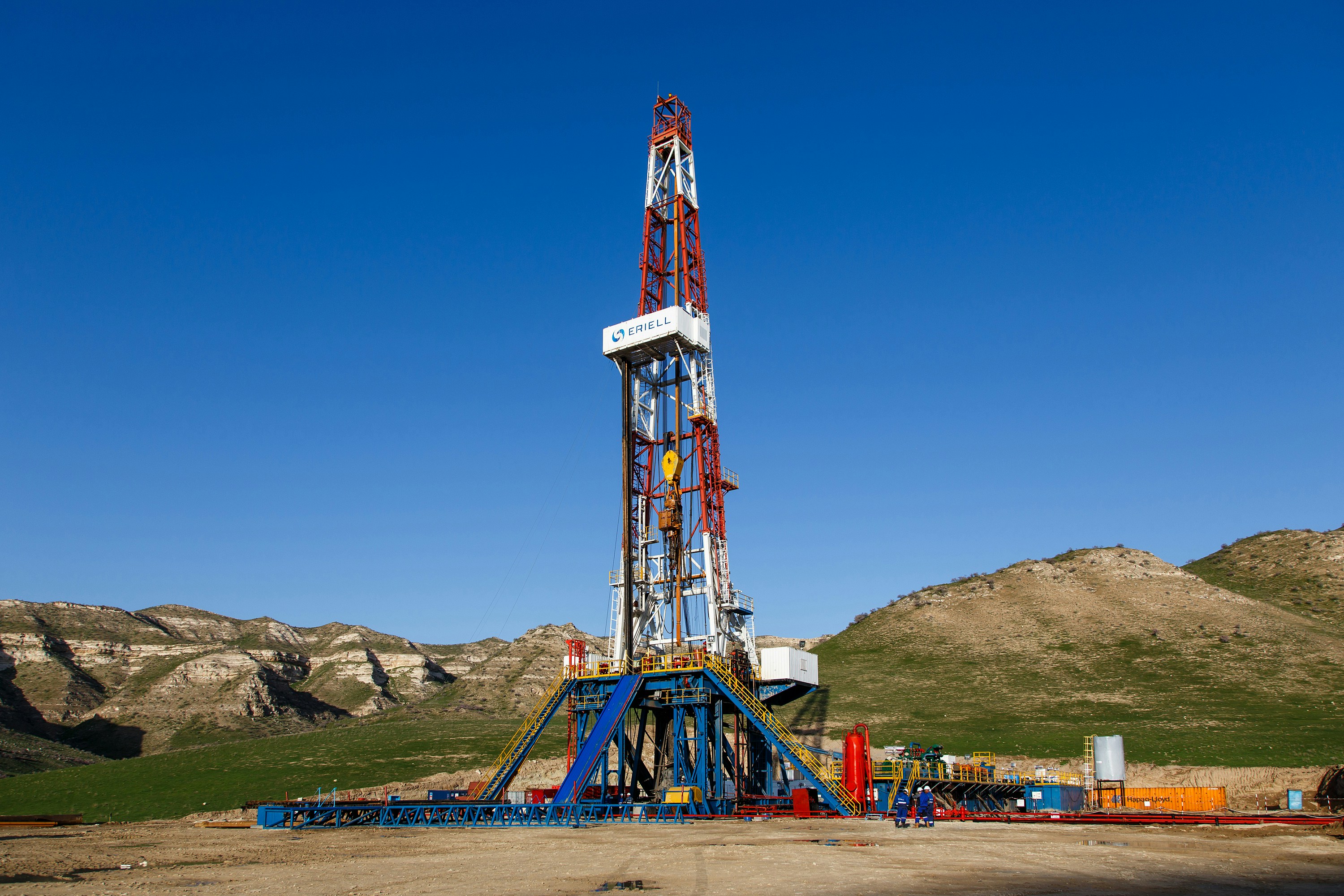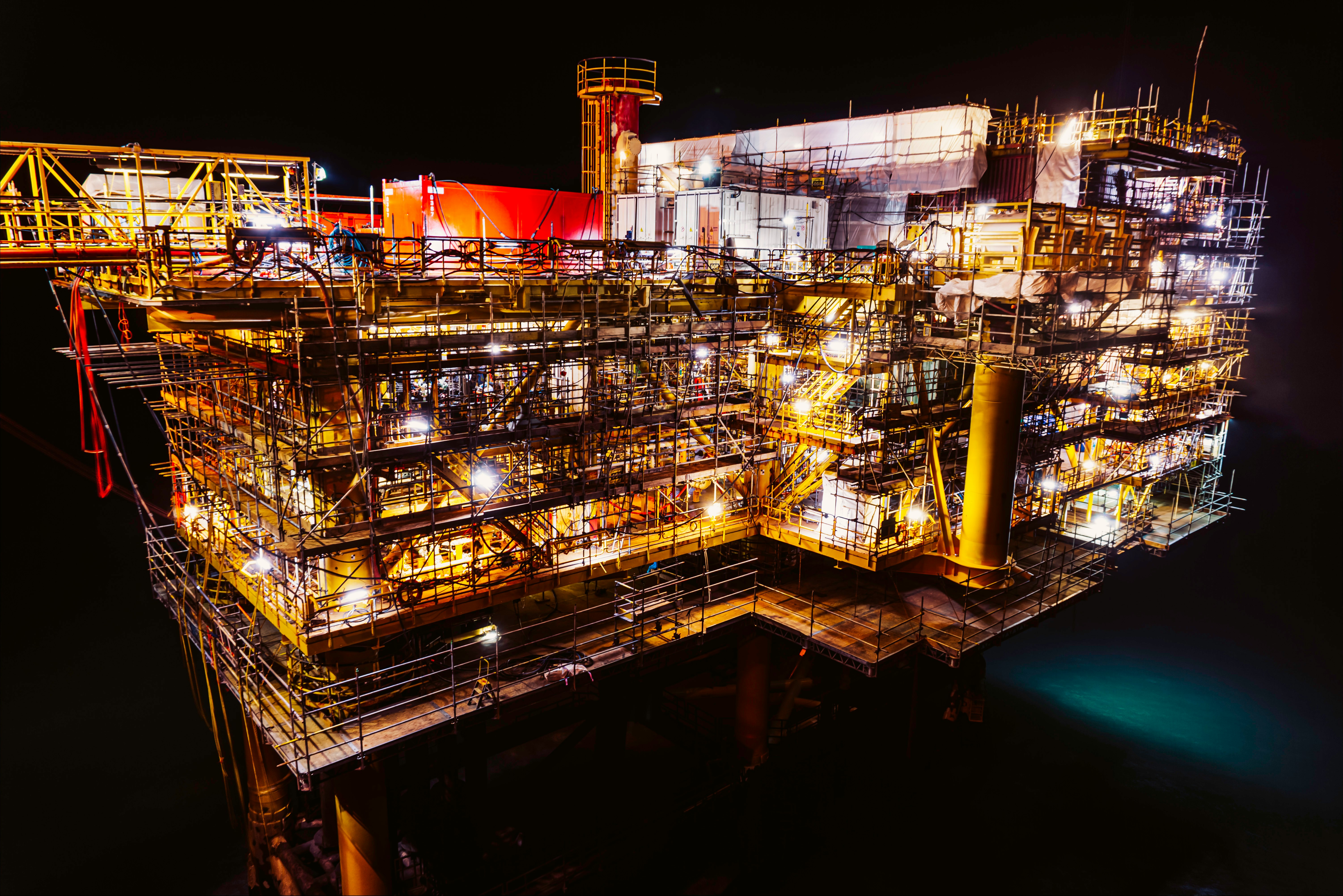The exploration and extraction of oil and natural gas from beneath the earth's surface are a complex and fascinating process, central to which are the towering structures known as oil rigs and platforms. These engineering marvels are not only crucial for our energy needs but are also a testament to human ingenuity and technological advancement.
What are Oil Rigs and Platforms?
Oil rigs and platforms are structures used for the exploration, drilling, and extraction of oil and natural gas from the sea bed. Often mistaken as synonymous, these terms actually describe different components of the drilling process. 'Oil rig' is the apparatus used to drill wells and extract oil, usually housed on a 'platform,' which is the structure providing the workspace and supporting the rig.
Types of Oil Platforms
There are several types of oil platforms, each designed for specific environments and drilling needs:
Fixed Platforms: Anchored directly onto the seabed, these are suitable for shallow waters.
Compliant Towers: Similar to fixed platforms but with a flexible structure, making them ideal for slightly deeper waters.
Semi-submersible Platforms: Floating structures that are partially submerged in water, stabilized by ballast, perfect for deep-water drilling.
Drillships: These are ships equipped with drilling apparatus, highly mobile and used in ultra-deep water.
The Role of Technology in Oil Extraction
Advancements in technology have dramatically transformed oil extraction. Modern platforms are equipped with sophisticated machinery and technology that allow for remote-controlled drilling, automated safety systems, and data collection that informs operational decisions. Technologies such as 3D seismic imaging, horizontal drilling, and enhanced oil recovery techniques have also increased the efficiency and environmental safety of these operations.
The Economic and Environmental Impact
The economic impact of oil rigs is profound. They contribute significantly to the global supply of oil, influencing world markets and economies. However, the environmental impact of drilling for oil has been a topic of much debate. Spills can have devastating effects on marine ecosystems, and the industry is under constant pressure to improve safety measures and reduce its environmental footprint.
Oil companies invest heavily in environmental management and disaster response strategies. Innovations like blowout preventers and double-hulled ships are examples of efforts made to prevent oil spills and minimize their potential impact.
The Future of Offshore Drilling
As the world slowly transitions to renewable energy sources, the role of oil rigs might diminish but won't disappear anytime soon. The industry continues to evolve, with increased focus on sustainable practices and reducing environmental risks. Offshore drilling technology is also pivoting towards accommodating renewable energy structures, such as wind turbines, on existing platforms.
Conclusion
Oil rigs and platforms are crucial for meeting the world’s energy demands. With ongoing advancements in technology and increased regulatory standards, the industry is striving to balance energy production with environmental and safety concerns. As we navigate the complexities of our global energy needs, the evolution of these structures will be pivotal in shaping a sustainable energy future.




